
Katharine Houghton Hepburn was an American actress in film, stage, and television. Her career as a Hollywood leading lady spanned over 60 years. She was known for her headstrong independence, spirited personality, and outspokenness, cultivating a screen persona that matched this public image, and regularly playing strong-willed, sophisticated women. Her work was in a range of genres, from screwball comedy to literary drama, and earned her various accolades, including four Academy Awards for Best Actress—a record for any performer. In 1999, Hepburn was named the greatest female star of classic Hollywood cinema by the American Film Institute.
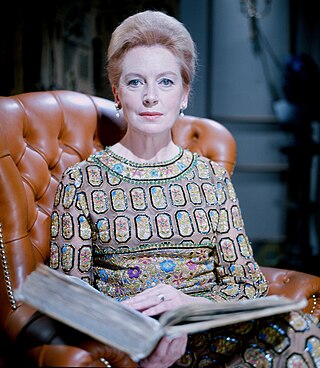
Deborah Jane Trimmer CBE, known professionally as Deborah Kerr, was a British actress. She was nominated six times for the Academy Award for Best Actress.
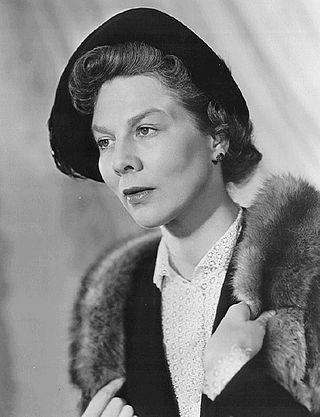
Dame Wendy Margaret Hiller, was an English film and stage actress who enjoyed a varied acting career that spanned nearly 60 years. Writer Joel Hirschorn, in his 1984 compilation Rating the Movie Stars, described her as "a no-nonsense actress who literally took command of the screen whenever she appeared on film". Despite many notable film performances, Hiller chose to remain primarily a stage actress.

Kim Hunter was an American theatre, film, and television actress. She achieved prominence for portraying Stella Kowalski in the original production of Tennessee Williams' A Streetcar Named Desire, which she reprised for the 1951 film adaptation, and won both an Academy Award and a Golden Globe Award for Best Supporting Actress.

Elsa Sullivan Lanchester was a British-American actress with a long career in theatre, film and television.

Bessie Love was an American-British actress who achieved prominence playing innocent, young girls and wholesome leading ladies in silent and early sound films. Her acting career spanned nearly seven decades—from silent film to sound film, including theatre, radio, and television—and her performance in The Broadway Melody (1929) earned her a nomination for the Academy Award for Best Actress.
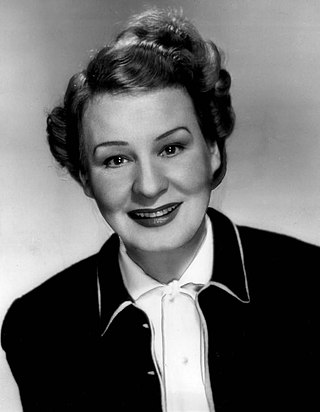
Shirley Booth was an American actress. One of only 24 performers to achieve the Triple Crown of Acting, Booth was the recipient of an Academy Award, two Primetime Emmy Awards and three Tony Awards.

The Cemetery of the Evergreens, also called The Evergreens Cemetery, is a non-denominational rural cemetery along the Cemetery Belt in Brooklyn and Queens, New York. It was incorporated in 1849, not long after the passage of New York's Rural Cemetery Act spurred development of cemeteries outside Manhattan. For a time, it was the busiest cemetery in New York City; in 1929 there were 4,673 interments. Today, the Evergreens is the final resting place of more than 526,000 people.
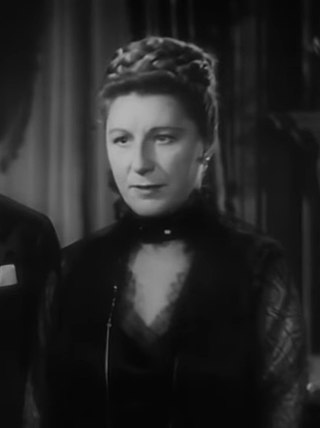
Dame Frances Margaret Anderson,, known professionally as Judith Anderson, was an Australian actress who had a successful career in stage, film and television. A pre-eminent stage actress in her era, she won two Emmy Awards and a Tony Award and was also nominated for a Grammy Award and an Academy Award. She is considered one of the 20th century's greatest classical stage actors.
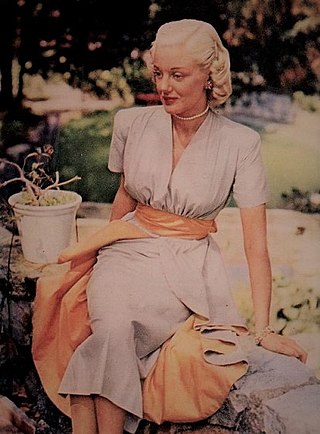
Jan Sterling was an American film, television and stage actress. At her most active in films during the 1950s, Sterling received a Golden Globe Award for Best Supporting Actress for her performance in The High and the Mighty (1954), as well as an Academy Award for Best Supporting Actress nomination. Her best performance is often considered to be opposite Kirk Douglas, as the opportunistic wife in Billy Wilder's 1951 Ace in the Hole. Although her career declined during the 1960s, she continued to play occasional television and theatre roles.

Maurice Herbert Evans was an English actor, noted for his interpretations of Shakespearean characters. His best-known screen roles include Dr. Zaius in the 1968 film Planet of the Apes and Samantha Stephens's father, Maurice, on Bewitched.

Terry Moore is an American film and television actress who began her career as a child actor. She was nominated for the Academy Award for Best Supporting Actress for her performance in Come Back, Little Sheba (1952). She is one of the last surviving stars from the Golden Age of Hollywood.

Lilli Palmer was a German actress and writer. After beginning her career in British films in the 1930s, she would later transition to major Hollywood productions, earning a Golden Globe Award nomination for her performance in But Not for Me (1959).

Nigel Patrick was an English actor and stage director born into a theatrical family.
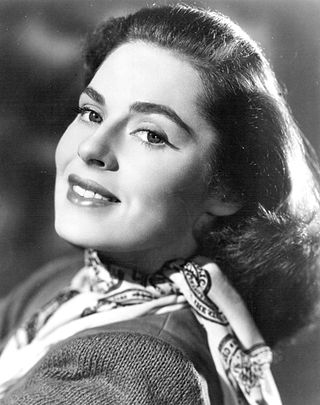
Elsa Viveca Torstensdotter Lindfors was a Swedish American stage, film, and television actress. She won an Emmy Award and a Silver Bear for Best Actress.

Lilian Adelaide Neilson, born Elizabeth Ann Brown, was a British stage actress.
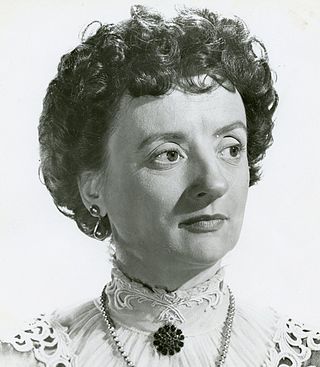
Mildred Natwick was an American actress. She won a Primetime Emmy Award and was nominated for an Academy Award and two Tony Awards.

American Savoyards was an Off-Broadway and touring repertory theatre company that produced light operas, principally the works of Gilbert and Sullivan, in New York City and on tour between 1948 and 1967.

Aline Laveen MacMahon was an American actress. Her Broadway stage career began under producer Edgar Selwyn in The Mirage during 1920. She made her screen debut in 1931 and worked extensively in film, theater and television until her retirement in 1975. She was nominated for an Academy Award for Best Supporting Actress for her performance in Dragon Seed (1944).

Florence Reed was an American stage and film actress. She is remembered for several outstanding stage productions, including The Shanghai Gesture, The Lullaby, The Yellow Ticket and The Wanderer. Her best remembered movie role was as Miss Havisham in the 1934 production of Great Expectations. In this version, however, Miss Havisham was changed from a completely insane woman to an eccentric, who did not wear her wedding veil constantly, and who dies peacefully rather than as a result of suffering burns in a fire. In the 1950s Reed performed in several early television shows, such as The Philco Television Playhouse, Kraft Television Theatre and The United States Steel Hour. She is a member of the American Theater Hall of Fame.



















